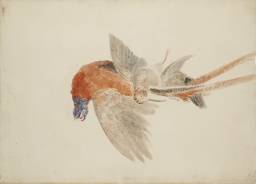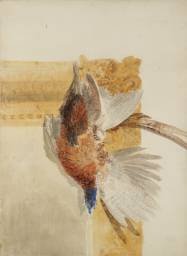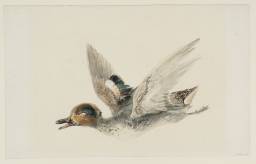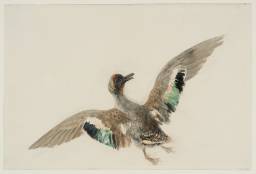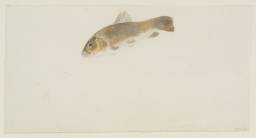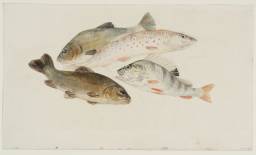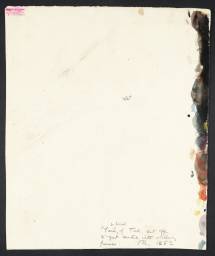From the entry
The critic and watercolourist John Ruskin praised the ‘ultimate refinements’ of colour in Turner’s natural history drawings, highlighting ‘the grey down of the birds and the subdued iridescences of the fish’. The colour studies in this section include some of those that Ruskin most admired, and are generally thought to date from around the same time as Turner’s bird illustrations for a particular natural history project, the Ornithological Collection. The five-volume Ornithological Collection wascompiled at Farnley Hall, the Yorkshire home of Turner’s friend and patron, Walter Fawkes, who likely oversaw the project (see David Hill’s ‘Farnley and Yorkshire c.1808–24’ section in the present catalogue). Fawkes’s passion for natural history was reflected not only by this considerable undertaking, but also by the reported introduction of zebra, wild hog and deer onto his land and the writing of a four volume ...
How to cite
Elizabeth Jacklin, ‘Natural History Studies c.1820–4’, September 2016, in David Blayney Brown (ed.), J.M.W. Turner: Sketchbooks, Drawings and Watercolours, Tate Research Publication, July 2017, https://www


